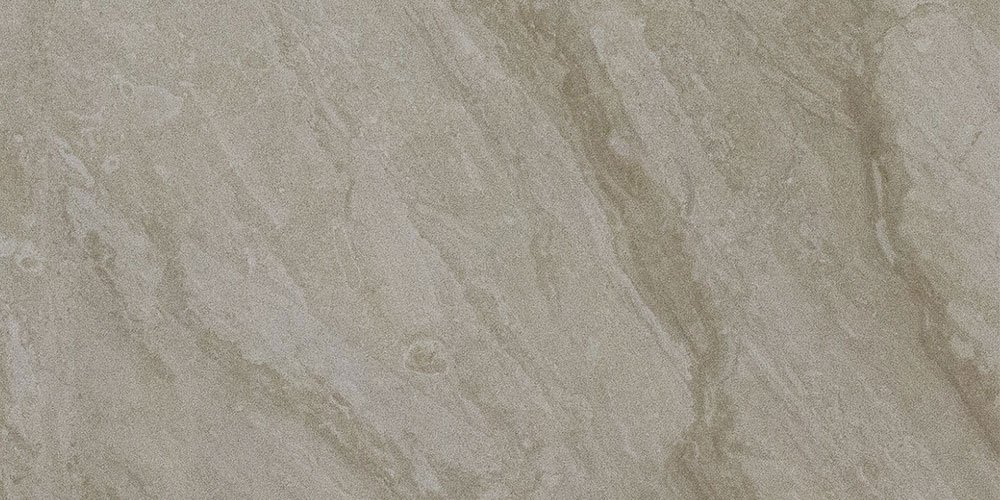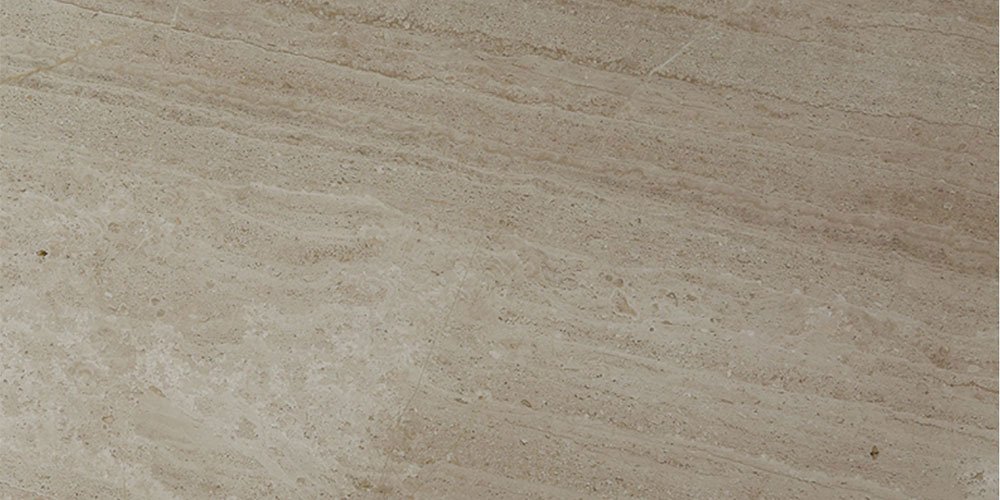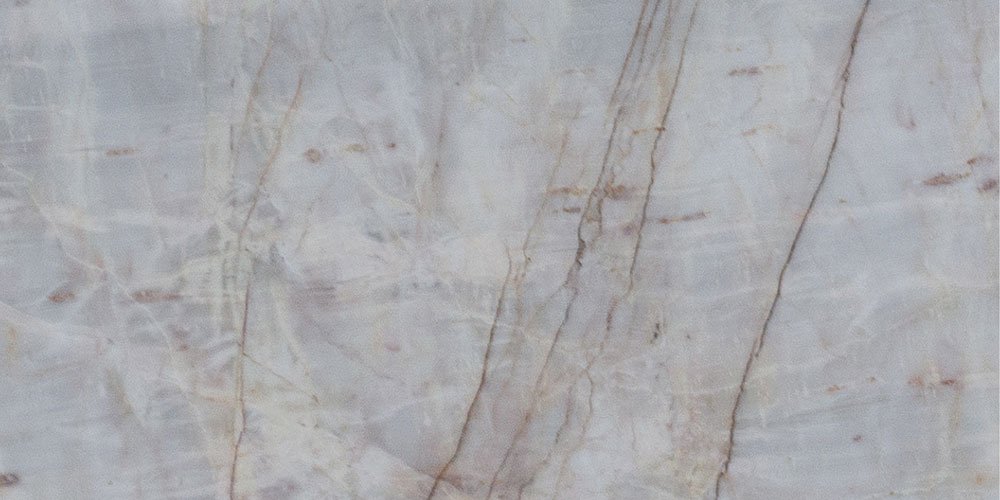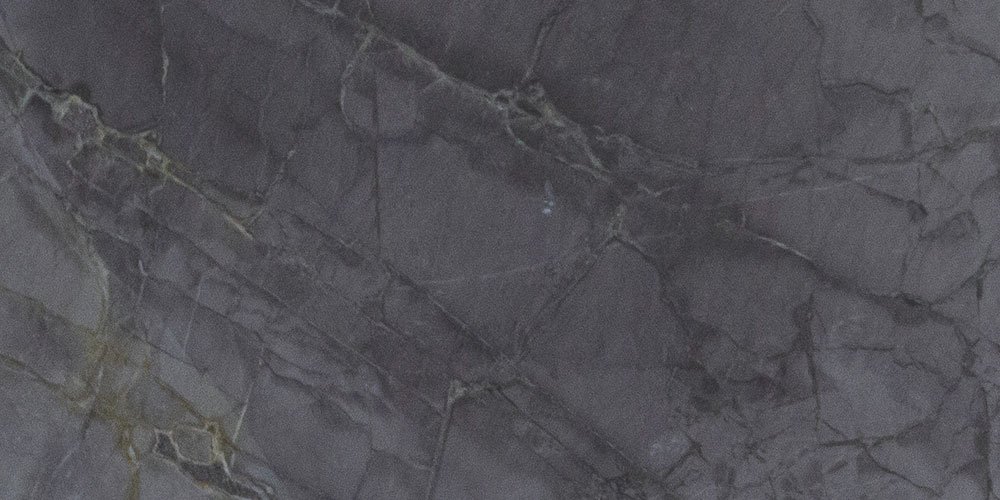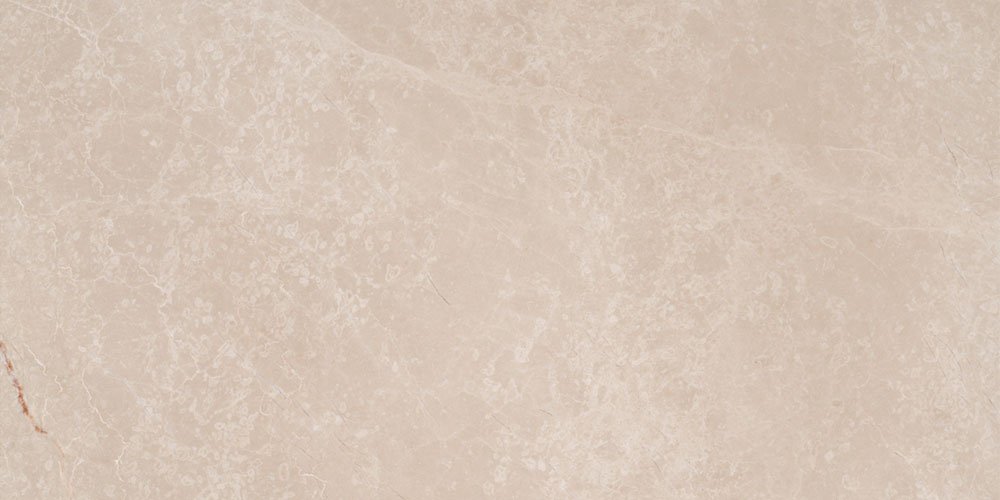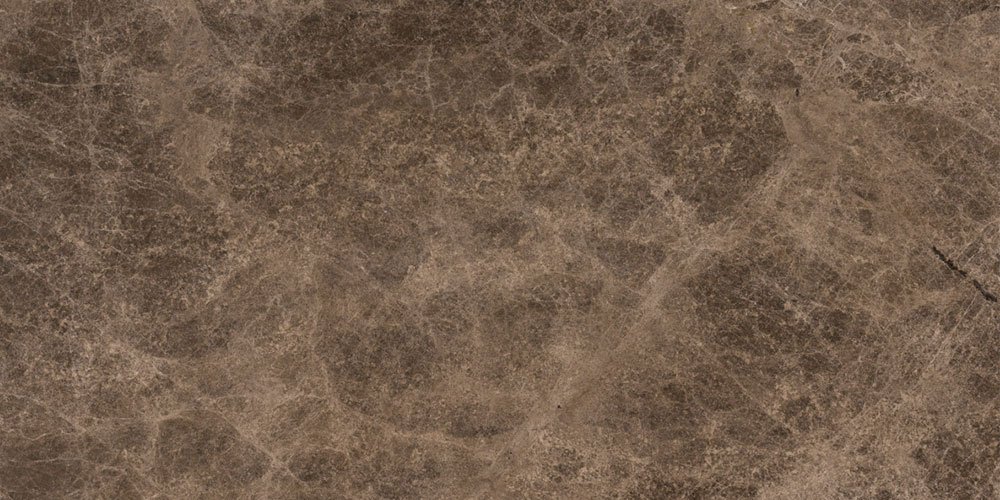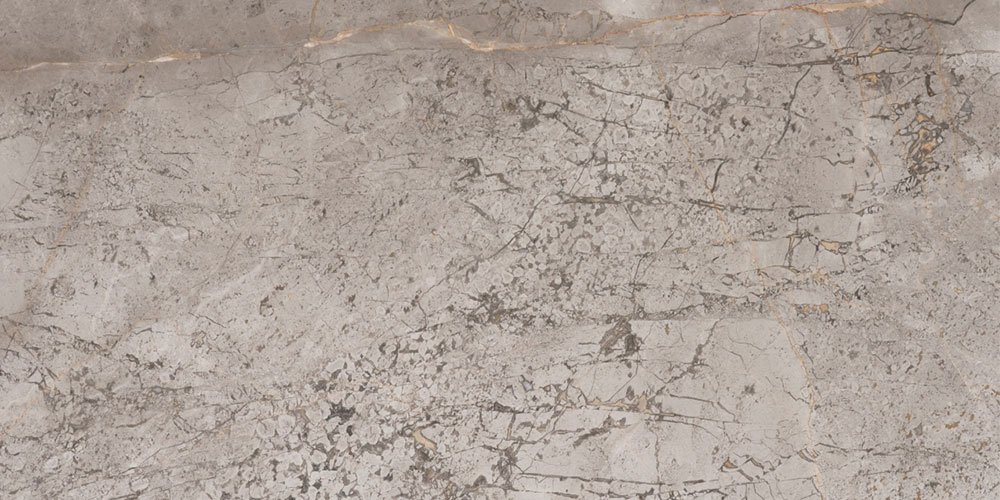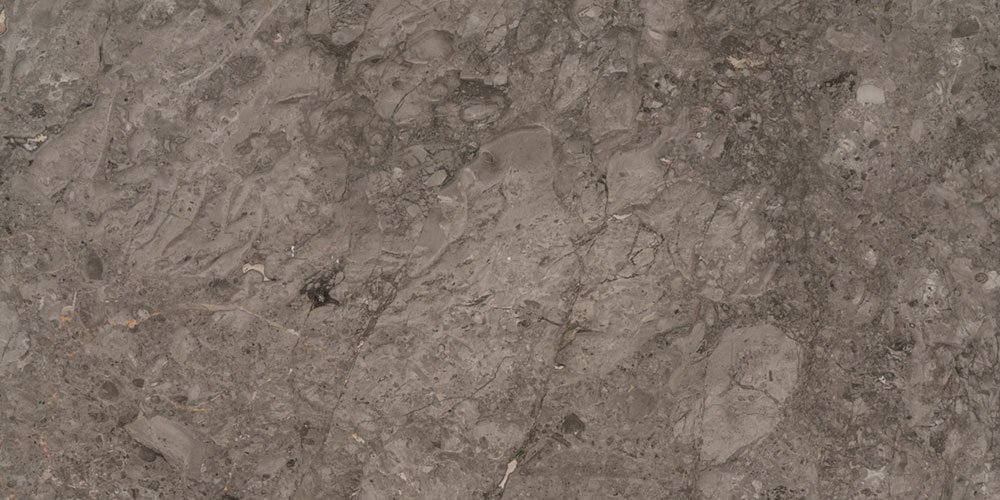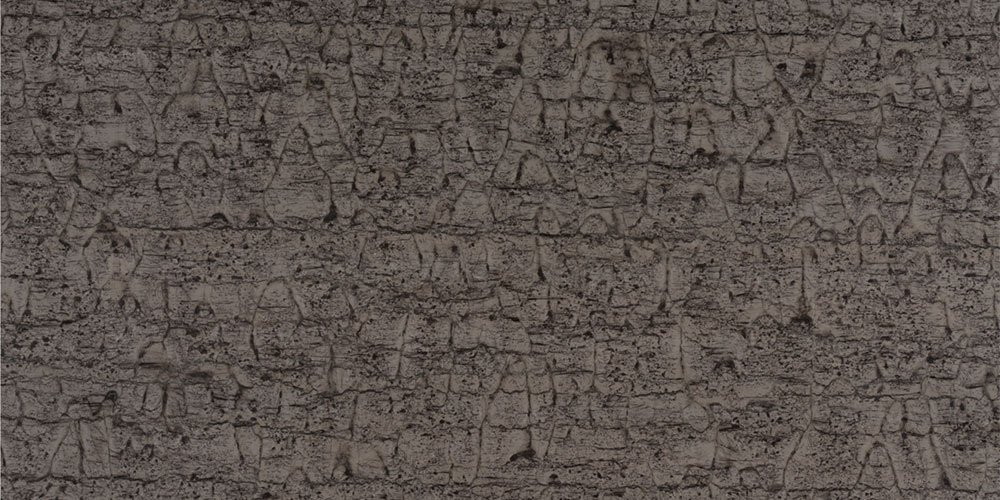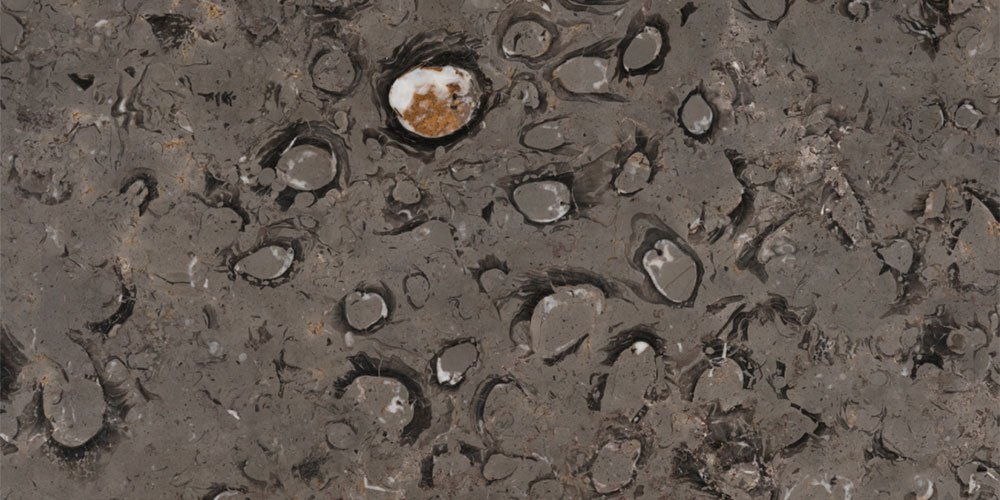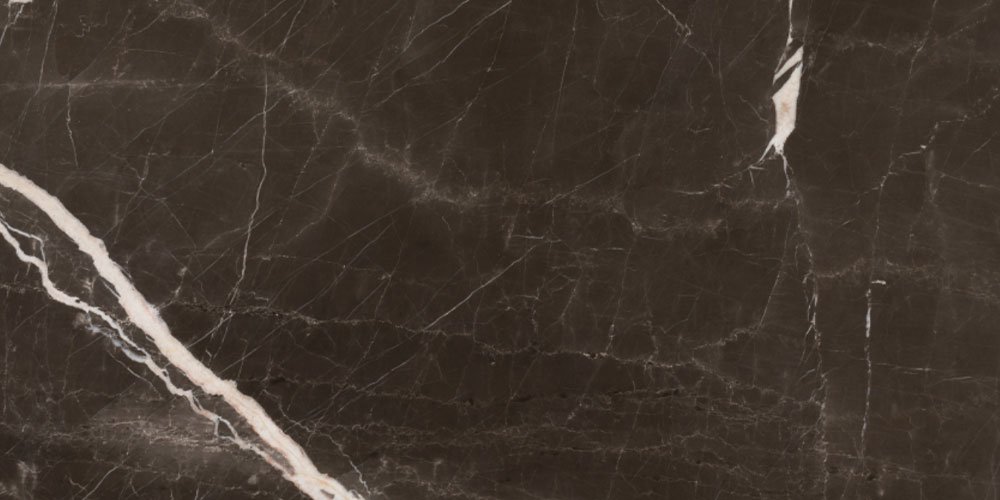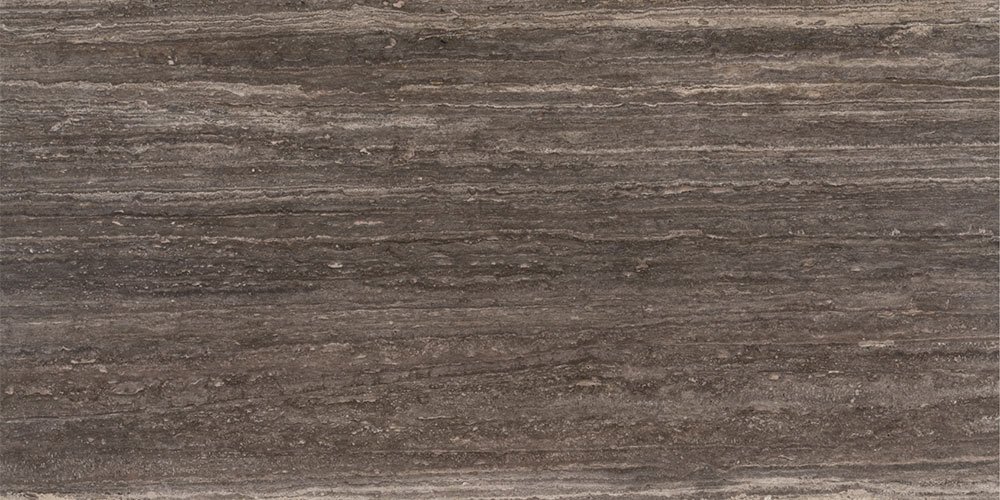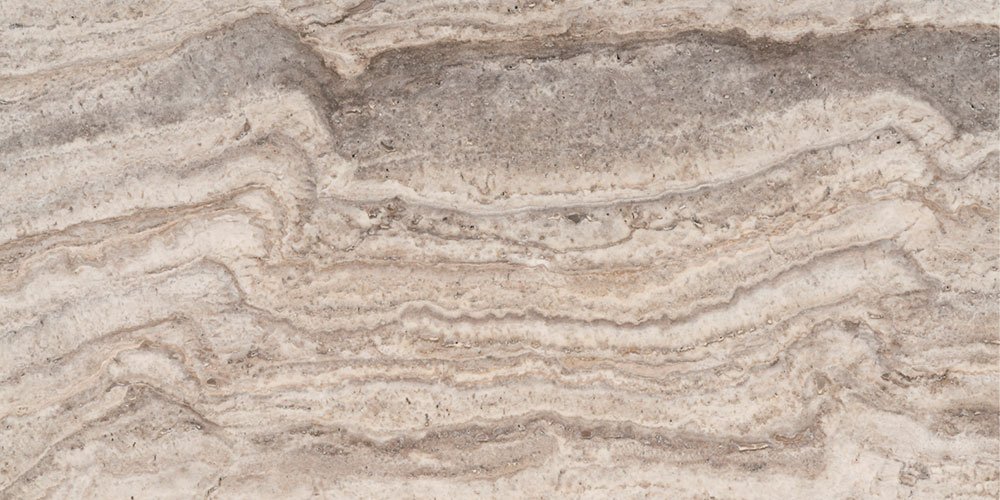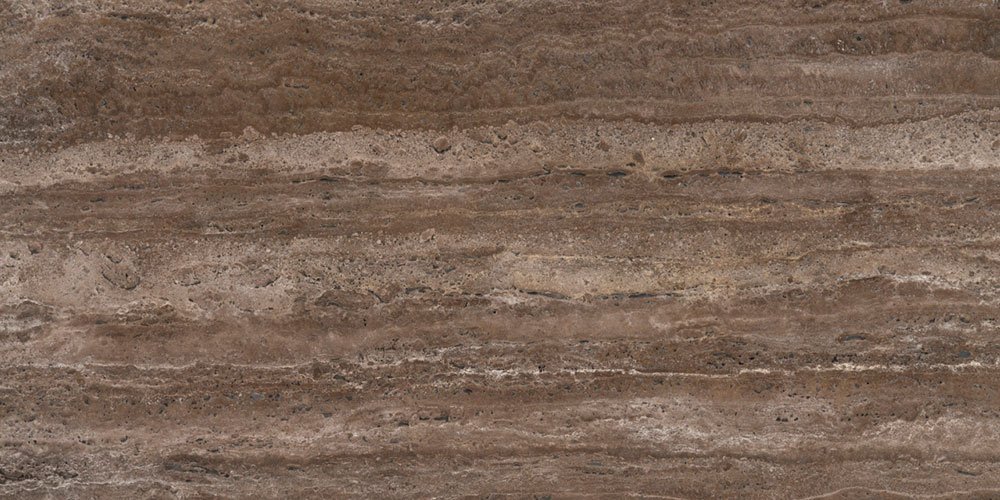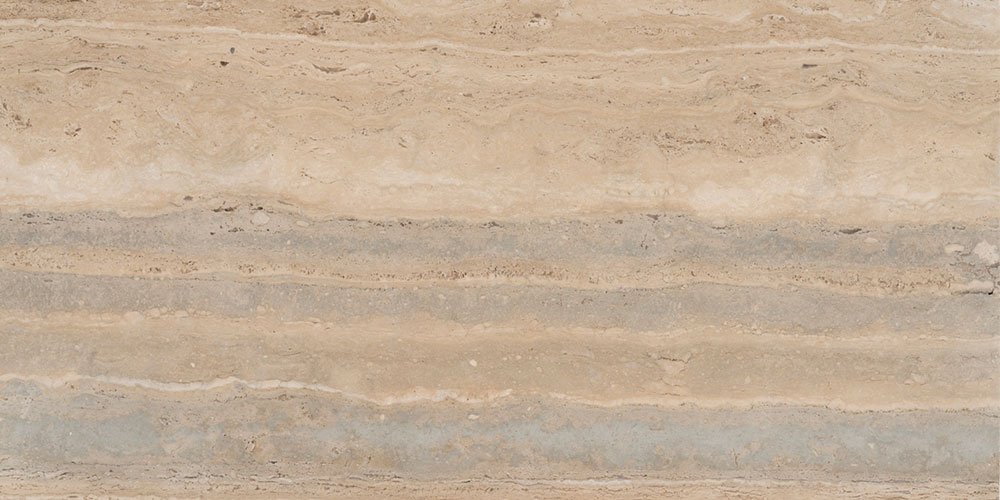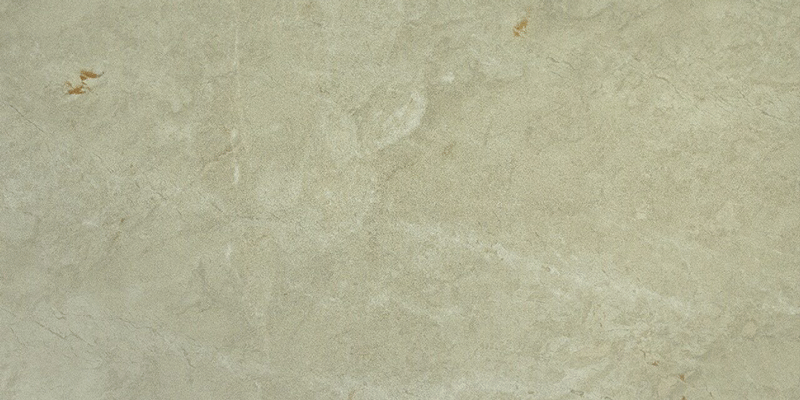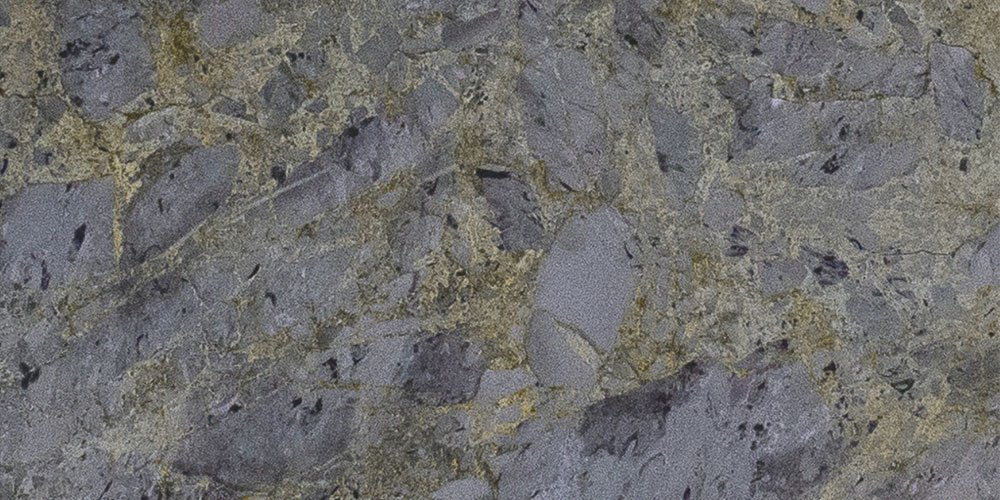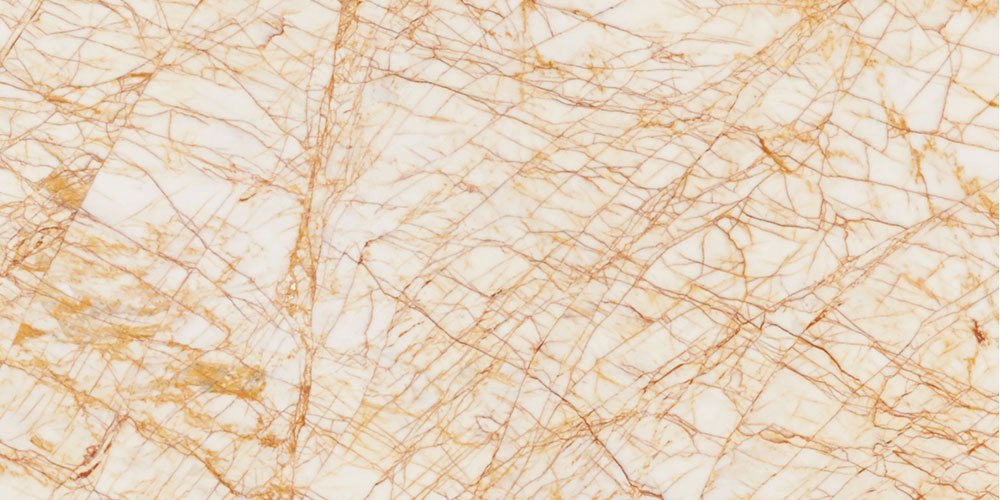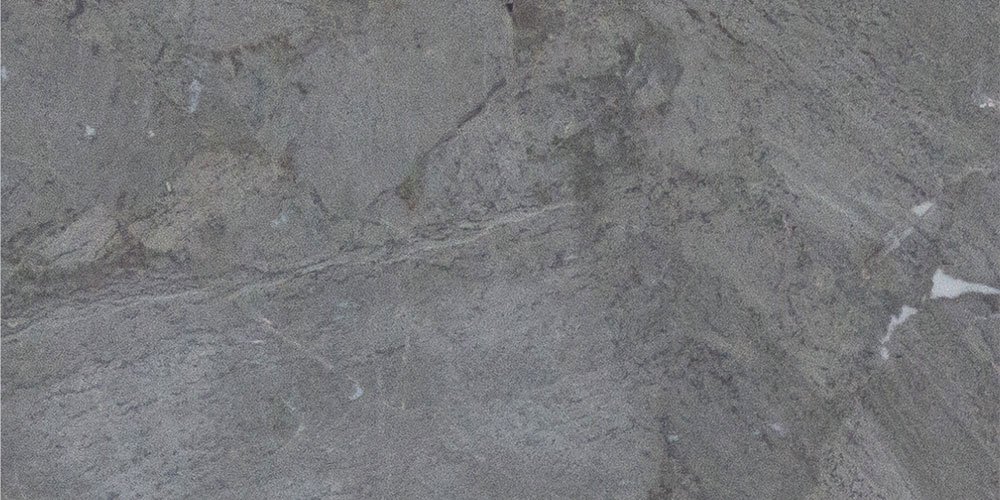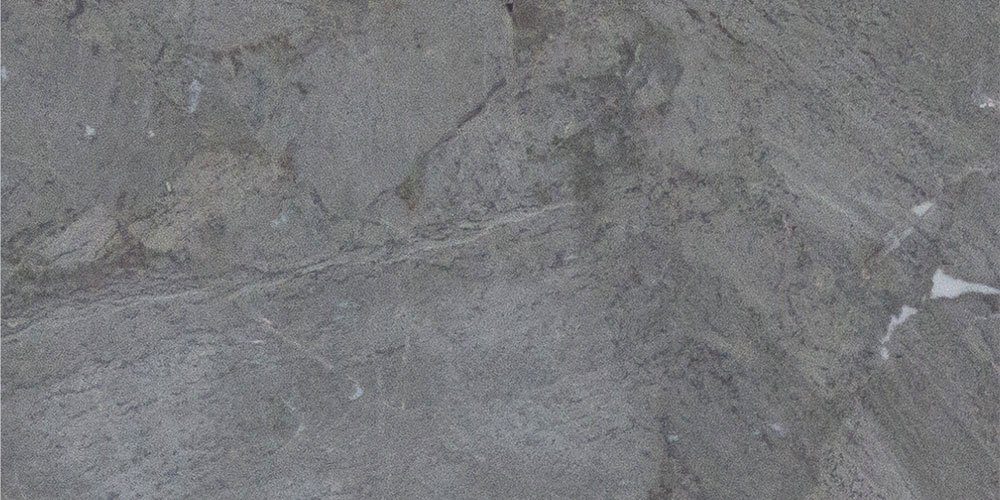MARBLE
Largest Collection of Imported Marbles
The word “marble” derives from the Ancient Greek From “crystalline rock, shining stone”,perhaps from the verb,”to flash, sparkle, gleam”; R. S. P. Be ekes has suggested that a “Pre-Greek origin is probable”.
Folded and weathered marble at General Carrera Lake, Chile
This stem is also the ancestor of the English word “marmoreal”, meaning “marble-like.”[citation needed] While the English term “marble” resembles the French marbre, most other European languages more closely resemble the original Ancient Greek.
White marble has been prized for its use in sculptures since classical times. This preference has to do with its softness, which made it easier to carve, relative isotropic and homogeneity, and a relative resistance to shattering.
Also, the low index of refraction of calcite allows light to penetrate several millimeters into the stone before being scattered out, resulting in the characteristic waxy look which brings a lifelike luster to marble sculptures of any kind, which is why many sculptors preferred and still prefer marble for sculpting.




